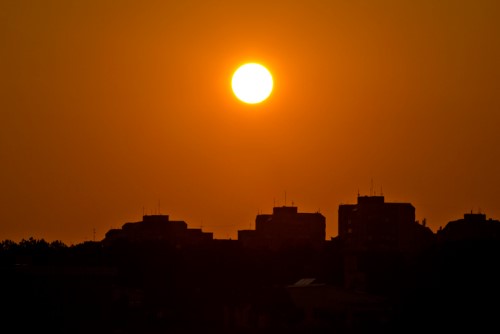ULI report considers the impact of the growing risk to US urban real estate

The real estate industry faces challenges as climate change drives temperatures higher and creates extreme heat waves.
A new report from the Urban Land Institute says that more US cities will be at risk from extreme heat from climate change and increased urban development, but the real estate industry can help mitigate the impact.
"Real estate developers, designers and public policymakers are increasingly acknowledging the detrimental consequences of extreme heat and are seeking solutions to make buildings, neighborhoods, parks, and other outdoor spaces more adaptable to environmental conditions and comfortable for occupants," said ULI Global Chief Executive Officer W. Edward Walter. "This presents an opportunity to reduce climate risk and create better communities in the process."
The report - Scorched: Extreme Heat and Real Estate – warns that extreme heat is a pressing public health risk with low income and elderly communities be most at risk.
Extreme heat could have substantial impact on real estate without intervention but mitigation strategies could mean cities having to deal with temperature increases of 1-2 Fahrenheit rather than the 5-10 degree increases that some cities face due to the urban heat island effect - the difference in temperature between urban and rural areas.
These mitigation strategies include buildings that are 40-50 degrees cooler due to installation of green roofs, which are partially or completely covered in vegetation and a waterproof membrane.
"As extreme heat becomes increasingly prevalent because of the urban heat island effect and climate change, designing for heat and ensuring users' comfort is likely to become a mainstream concern," the report says. "This translates into different design and development decisions for buildings, which may need enhanced cooling capacity, and for public spaces and outdoor retail environments that are likely to be used differently in hot weather."



